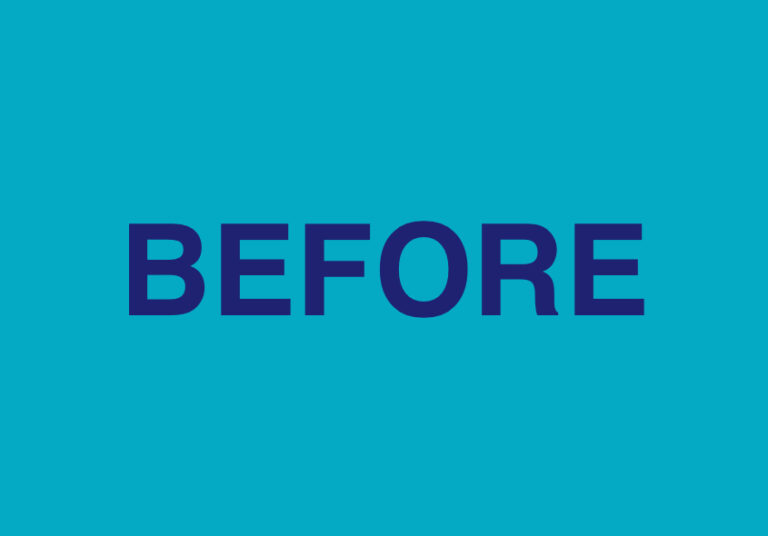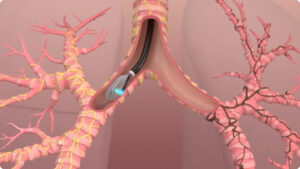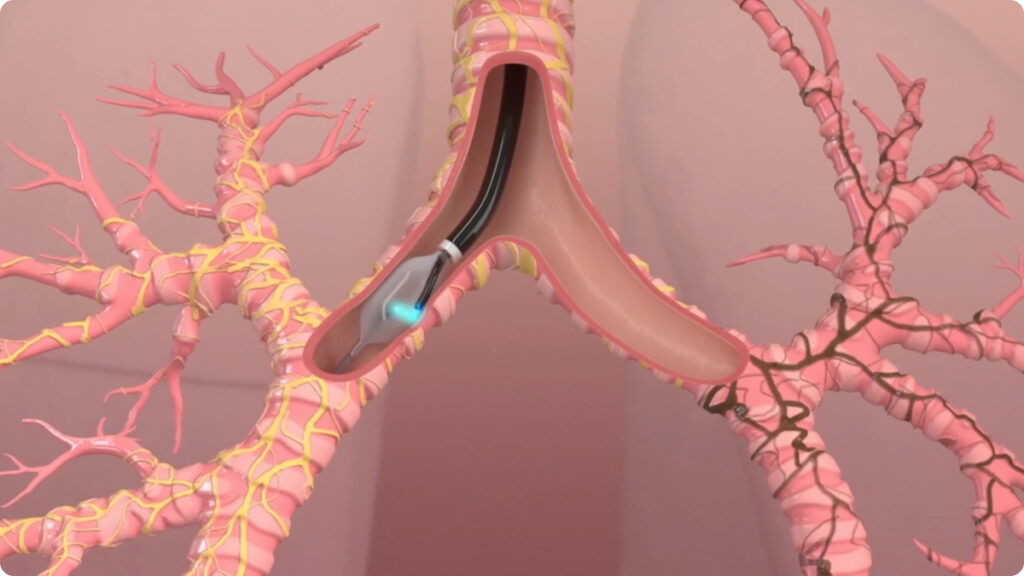Traitement court et simple. Santé pulmonaire durable.
The dNerva® Lung Denervation System is novel, catheter-based system used to treat overactive airway nerves in a procedure called Targeted Lung Denervation. This first-of-its kind technology addresses underlying COPD pathophysiology to help preserve lung health.1,2
Before & After
The dNerva Difference
With less acetylcholine release, the airway smooth muscle relaxes and mucous secretion decreases moving the pulmonary system to a state of “low alert”. This has the potential to reduce exacerbation risk, improve COPD symptoms and stabilize lung function over time.


Targeted Lung Denervation
Disrupting Pulmonary Nerve Input
Targeted Lung Denervation (TLD) is a non-surgical, outpatient procedure that involves passing the specialized, dNerva Catheter through a flexible bronchoscope to complete a full circumferential ablation in the main bronchi of each lung.
The ablation permanently disrupts pulmonary nerve input to the lung to reduce the clinical consequences of neural hyperactivity.
Non-surgical, Outpatient Treatment
The Procedure

01: Position
The dNerva Catheter threads through the working channel of the bronchoscope and is positioned in the main bronchi.

02: Inflation
The conduit and balloon are inflated by circulating the coolant through the catheter which brings the electrode in contact with the airway wall.

03: Confirmation
Confirm good contact of the electrode with the airway wall and that adequate distance from the esophagus is achieved.

04: Activation
Activation of the radio-frequency energy lasts approximately 2 minutes per position. Each bronchus is treated four times to complete circumferential ablation.

